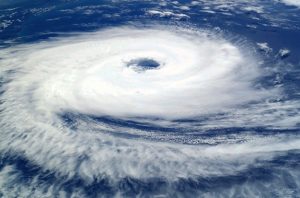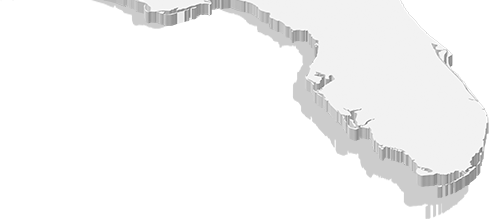No one can deny that South Florida is one of the most beautiful locations on the planet. From the miles of beaches on the coast to the naturally stunning Everglades, to the skyline above Miami Beach, we live in paradise. Winters with 65°F weather, and clear blue skies year-long, it’s hard to find any faults with living in the southern half of the “Sunshine State”. Well, there is one major fault: hurricanes. South Florida has always been at risk for severe hurricanes, only going eighteen (18) hurricane seasons without a significant storm threatening landfall since 1851.
Each year, the Atlantic hurricane season typically runs between June 1st and November 30th. However, these dates can shift by a few days between seasons. While we all hear about when hurricane season starts, we aren’t aware of the varying stages of a hurricane. Most hurricanes start as barely rainstorms before becoming the overpowered giants as we know them. Knowing the proper stages of a hurricane leaves you better prepared to defend yourself against these powerful forces of nature
Stages Of A Hurricane
Disturbance Formation
Tropical Disturbance
Tropical Depression
Tropical Storm
Hurricane
Dissipation
Disturbance Formation
The stages of a hurricane begin with the formation of a disturbance. There are several “ingredients” required for a hurricane to form. It starts with the sun heating tropical ocean waters to the point of it evaporating. As it evaporates, a cloud of warm air forms. These warm clouds heat the air around them, creating even more densely packed clouds as air rushes in. As the air continues to heat up, a large mass of warm rain clouds forms over the ocean.
Tropical Disturbance

A tropical disturbance is this formation of loosely packed rain clouds forming thunderstorms. Wind circulation is very light, with meager chances to cause any amount of damage. This storm system is officially considered a tropical disturbance once it maintains its structure for more than twenty-four (24) hours. They can have sustained winds of up to twenty-three (23) miles per hour.
Over one hundred (100) tropical disturbances will form each year; however, only ten (10) of them will become a tropical storm, and five (5) of those will become a hurricane.
Tropical Depression
A tropical disturbance requires specific criteria to take the next step to become a tropical depression. Wind speeds up to anywhere between twenty-three (23) miles per hour and thirty-eight (38) miles per hour. Winds become more organized, circulating in the center of the storm. A depressing begins to take the shape of a more significant storm; however, it doesn’t have the power necessary to take the next step and still lacks the true form.
Tropical Storm
Tropical storms form as tropical depressions become stronger. Wind speeds increase from a max of thirty-nine (39) miles per hour to seventy-three (73) miles per hour. Tropical storms look like hurricanes, just smaller in size and strength. Tropical cyclones are nothing to brush off, though. These storm systems bring heavy rains, capable of causing severe flooding wherever they make landfall.
Hurricanes
A tropical storm becomes a hurricane as soon as its wind speeds reach seventy-four (74) miles per hour. It takes the true final form of a hurricane as its eye forms completely, and its distinct parts become recognizable. Hurricanes are judged by tiers, following the Saffir-Simpson Hurricane Wind Scale (HWS).
Category 1 Hurricane — 74 miles per hour to 95 miles per hour
Category 2 Hurricane — 96 miles per hour to 110 miles per hour
Category 3 Hurricane — 111 miles per hour to 129 miles per hour
Category 4 Hurricane — 130 miles per hour to 156 miles per hour
Category 5 Hurricane — Over 157 miles per hour
Dissipation
Hurricanes will continue powering up as they float over the warm tropical waters, speeding up progressively. Hurricanes stop powering up as they make landfall. They no longer have warm water to use to power themselves, so they become less and less organized as wind speeds fall drastically. Eventually, the hurricane will break into thunderstorms, before falling apart completely. As the hurricane floats over land, its high-speed winds and heavy rains cause immense damage, potentially leveling entire towns in the process.
Hurricanes are powerful storms that have a significant potential to cause severe damage. However, that doesn’t mean you can’t prepare for them in the meantime. Prepare by stockpiling water, food, and other essential supplies. You can even be prepared for the eventuality that you may lose power with a Rack Electric residential standby generator installation. Learn more about how our standby generators are keeping household lights on across South Florida all hurricane season by calling us today at 1-561-391-3550.

